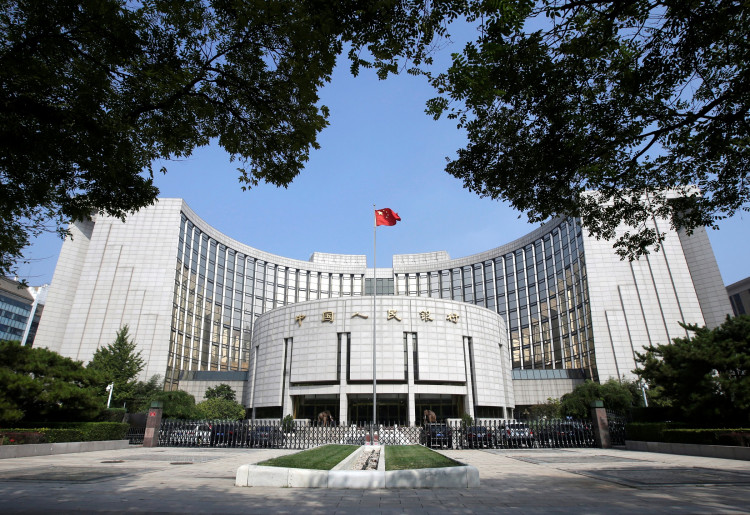On Wednesday, the People's Bank of China, the country's central bank, vowed to carry out the cautious monetary policy in a precise and reliable manner. The PBOC stated that it will use a variety of monetary policy measures, including open market operations, to preserve liquidity in the financial sector reasonably abundant.
The central bank will provide more assistance to industries including consumption, the development of important infrastructure, other large-scale initiatives, as well as private small and micro businesses.
The PBOC stated that it will improve the implementation of the prudent monetary policy and maintain social financing growth and M2 growth generally in stride with nominal GDP development. M2 is a broad measure of money supply that includes cash in circulation and all deposits.
The PBOC stated that it will concentrate on reducing risks related to the real estate sector, platform companies, strategic enterprises, and medium and small financial institutions in order to ensure steady and sound financial operations. The central bank emphasized using policy instruments to their maximum potential and urging financial institutions to increase lending in order to stabilize growth, employment, and prices as well as maintain the economy operating within normal bounds.
The actual economy has benefited greatly from China's monetary policy, which has shown to be well-calibrated. The Chinese government has timely modified the monetary policy to increase support for the actual economy as it faces difficulties and downward pressure this year. China has maintained economic stability, maintained price stability domestically despite escalating inflationary pressure globally, and maintained a delicate balance between internal and external equilibrium as a result of the swift policy response.
The PBOC has not significantly increased its balance sheet while materially assisting the real economy. With an average growth rate of 2.6 percent over the previous five years, its size has remained comparatively constant. In order to improve assistance for farmers, small and medium-sized businesses, private companies, and other structural weak links on the supply side, the central bank also used structural monetary policy tools. This increased access to, availability of, and affordability of financing.
In order to give the real economy stronger support, China's central bank announced that it would increase cross-cyclical and counter-cyclical adjustments and speed up the implementation of prudent monetary policy, among other measures. In order to assist people's basic housing needs as well as their needs for better housing, the central bank promised to make full and effective use of its policy toolkit by implementing city-specific policies. This will help to foster the steady and sound growth of the real estate market.






